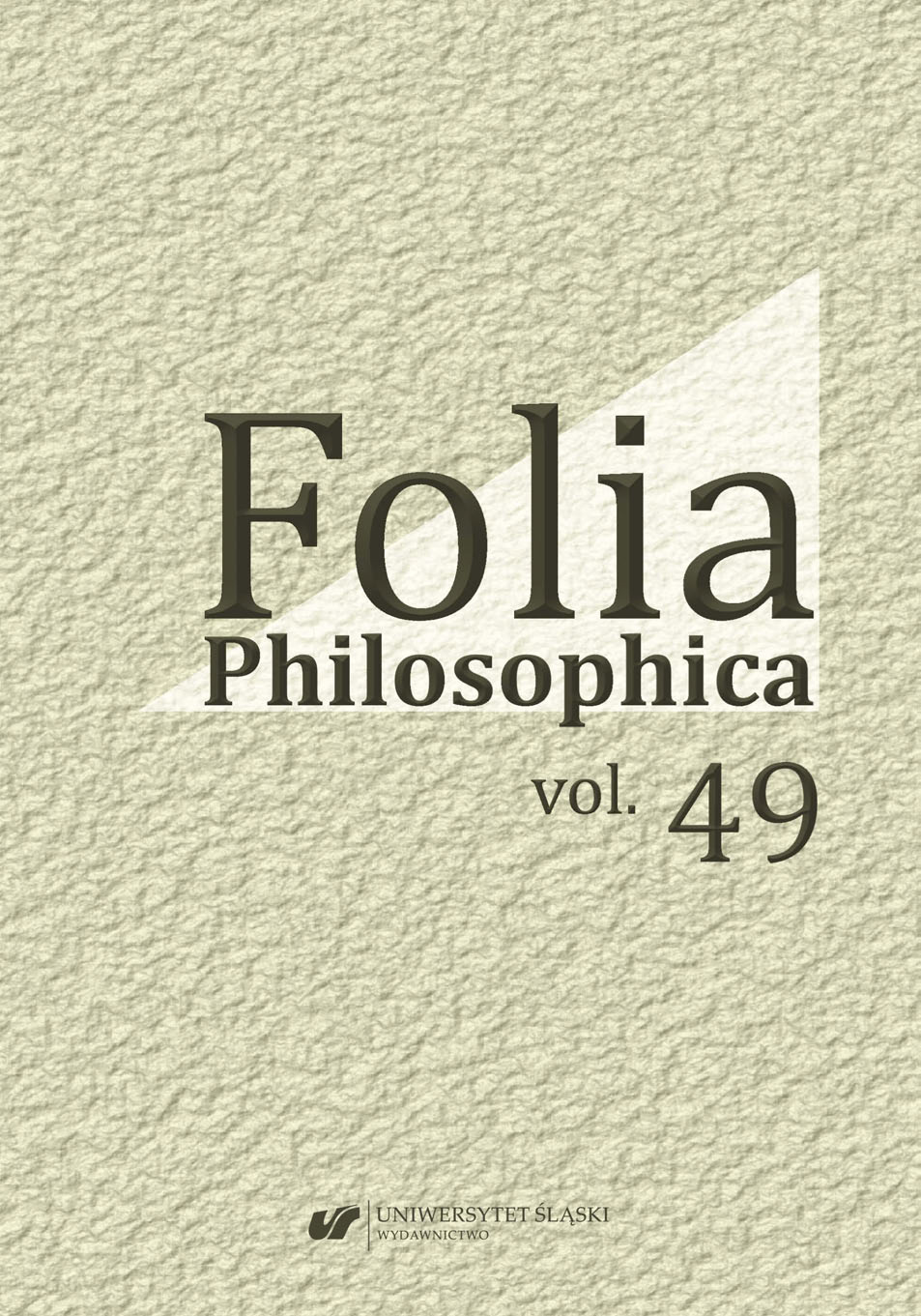Crownfield, David. “The Last God.” In Companion to Heidegger’s “Contributions to Philosophy,” edited by Charles E. Scott, Susan M. Schoenbohm, Daniela Vallega-Neu, and Alejandro Vallega, 213–228. Bloomington & Indianapolis: Indiana University Press, 2001.
Google Scholar
Emad, Parvis. On the Way to Heidegger’s “Contributions to Philosophy.” Madison: University of Wisconsin Press, 2007.
Google Scholar
Esposito, Constantino. “Die Geschichte des letzten Gott in Heideggers ‘Beiträge zur Philosophie.” Heidegger Studies 11 (1995): 33–60.
Google Scholar
Gall, Robert S. “Faith in Doubt in the End.” International Journal for Philosophy of Religion 73, no. 1 (2013): 29–38.
Google Scholar
Grondin, Jean. Le tournant dans La pensée de Martin Heidegger. Paris: PUF, 1987.
Google Scholar
Greisch, Jean. “The Poverty of Heidegger’s ‘Last God.’” In French Interpretations of Heidegger: an Exceptional Reception, edited by David Pettigrew, Francois Raffoul, 245–264. New York: State University of New York Press, 2008.
Google Scholar
Hegel, Georg Friedrich Wilhelm. Wissenschaft der Logik. Zweiter Teil. Berlin: Meiner Verlag, 2003.
Google Scholar
Hegel, Georg Friedrich Wilhelm. The Science of Logic. Translated and edited by George di Giovanni. Cambridge: Cambridge University Press, 2010.
Google Scholar
Heidegger, Martin. Einführung in der Metaphysik. Gesamtausgabe, Band 40. Frankfurt am Main: Vittorio Klosterman Verlag, 1983.
Google Scholar
Heidegger, Martin. Beitrӓge zur Philosophie (Vom Ereignis). Gesamtausgabe, Band 65. Frankfurt am Main: Vittorio Klosterman Verlag, 1994.
Google Scholar
Heidegger, Martin. Contributions to Philosophy (From Enowning). Translated by Parvis Emad and Kenneth Maly. Bloomington & Indianapolis: Indiana University Press, 1999.
Google Scholar
Heidegger, Martin. Contributions to Philosophy (Of the Event). Translated by Richard Rojcewicz and Daniela Vellega-Neu. Bloomington & Indianapolis: Indiana University Press, 2012.
Google Scholar
Heidegger, Martin. Kant and the Problem of Metaphysics. Translated by Richard Taft. Bloomington & Indianapolis: Indiana University Press, 1997.
Google Scholar
Herrmann von, Franz-Wilhelm. “Das Ende der Metaphysik und der andere Anfang des Denkens. Zu Heideggers ‘Kehre.’” Freiburger Universitätblätter 104 (1989): 47–60.
Google Scholar
Herrmann von, Franz-Wilhelm. Wege ins Ereignis. Zu Heideggers “Beiträge zur Philosophie.” Frankfurt am Main: Klostermann, 1994.
Google Scholar
Inwood, Michael. A Heidegger Dictionary. Oxford-Maiden, Massachussetts: Blackwell Publishers, 1999.
Google Scholar
Maly, Kenneth. “Turning in Essential Swaying and the Leap.” In Companion to Heidegger’s “Contributions to Philosophy,” edited by Charles E. Scott, Susan M. Schoenbohm, Daniela Vallega-Neu, and Alejandro Vallega, 150–170. Bloomington & Indianapolis: Indiana University Press, 2001.
Google Scholar
McGrath, Sean J. Heidegger: A (Very) Critical Introduction. Michigan-Cambridge: William B. Eerdmans Publishing, 2008.
Google Scholar
Nancy, Jean-Luc. “On a Divine Wink.” In French Interpretations of Heidegger: an Exceptional Reception, edited by David Pettigrew and Francois Raffoul. New York: State University of New York Press, 2008.
Google Scholar
Richardson, William. J. Heidegger. London and New York: Routledge, 2012.
Google Scholar
Rosales, Alberto. “Zum Problem der Kehre im Denken Heideggers.” Zeitschrift fur Philosophische Forchung 38: 241–262.
Google Scholar
Schoenbohm, Susan M. “Reading Heidegger’s ‘Contributions to Philosophy’: An Orientation.” In Companion to Heidegger’s “Contributions to Philosophy,” edited by Charles E. Scott, Susan M. Schoenbohm, Daniela Vallega-Neu, and Alejandro Vallega, 15–31. Bloomington & Indianapolis: Indiana University Press, 2001.
Google Scholar
Seidel, George J. “Heidegger’s Last God and the Schelling Connection.” Laval theólogique et philosophique 55, no. 1 (1999): 85–98.
Google Scholar
Sipowicz, Kamil. Heidegger: degeneracja i nieautentyczność. Warszawa: Aletheia, 2007.
Google Scholar
Tarnowski, Karol. “Der letzte Gott.” Aletheia, “Heidegger dzisiaj” 1, no. 4 (1990): 338–352. Edited by Piotr Marciszuk and Cezary Wodziński.
Google Scholar


 https://doi.org/10.31261/fp.14367
https://doi.org/10.31261/fp.14367

 10.31261/fp
10.31261/fp